Where Are We
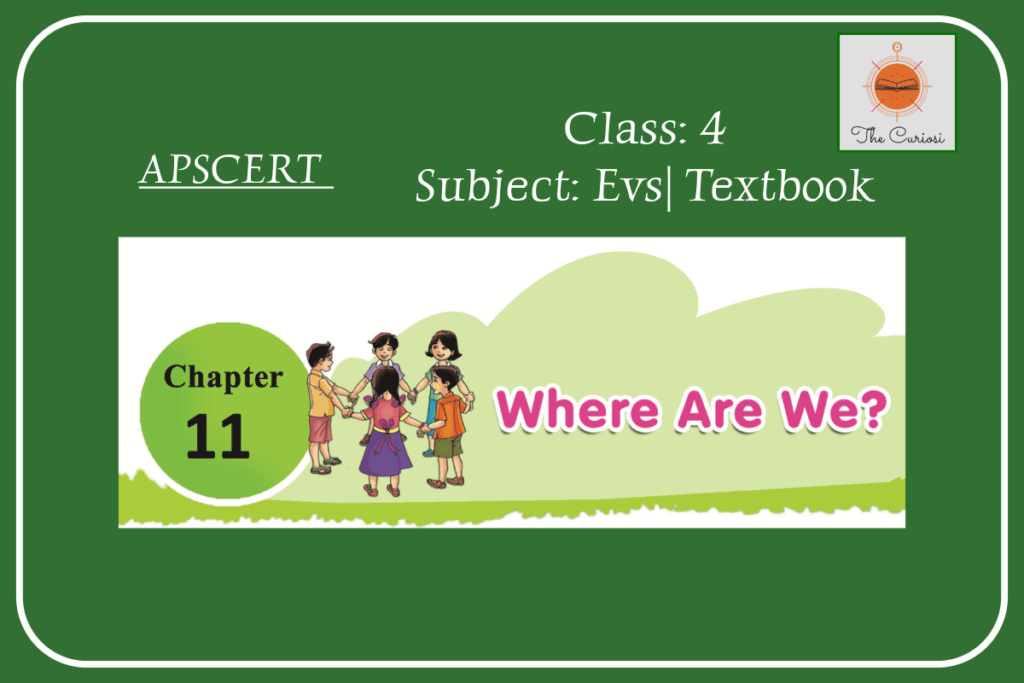
Class 4 | EVS | Textboook | Chapter 11 | Solutions | Improve Your Learning Andhra Pradesh | APSCERT Here are the answers to the “Improve Your Learning” section from the lesson “Where Are We” for Class 4 EVS: I. Conceptual Understanding 1. How many continents are there on the Earth? What are they? • There are seven continents on the Earth: […]
Chapter 9: Communications | Class 4 | Evs Textbook | Solutions
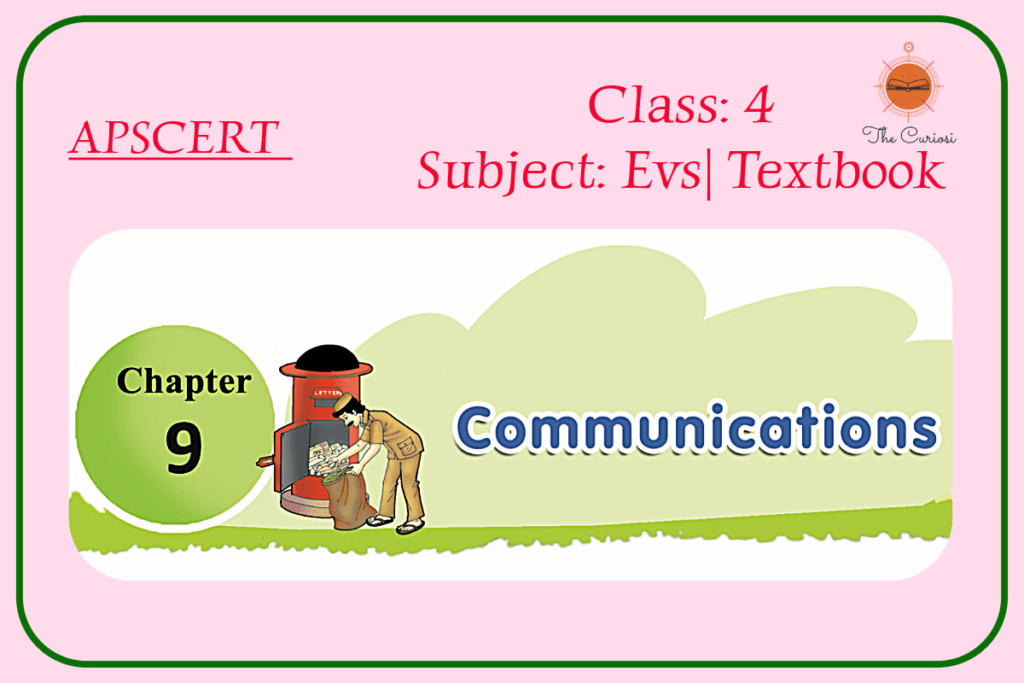
APSCERT | ANDHRA PRADESH Here are the answers to the “Improve Your Learning” section from the lesson Communication (Class 4 EVS): I. Conceptual Understanding 1. What is the means of communication? How many types of communication are there? • Communication is the process of sharing ideas, thoughts, and feelings with others. • There are two types of communication: 1. One-to-One Communication – Communication between individuals […]
Chapter 8: Tranaport | Class 4 | EVS | Textbook
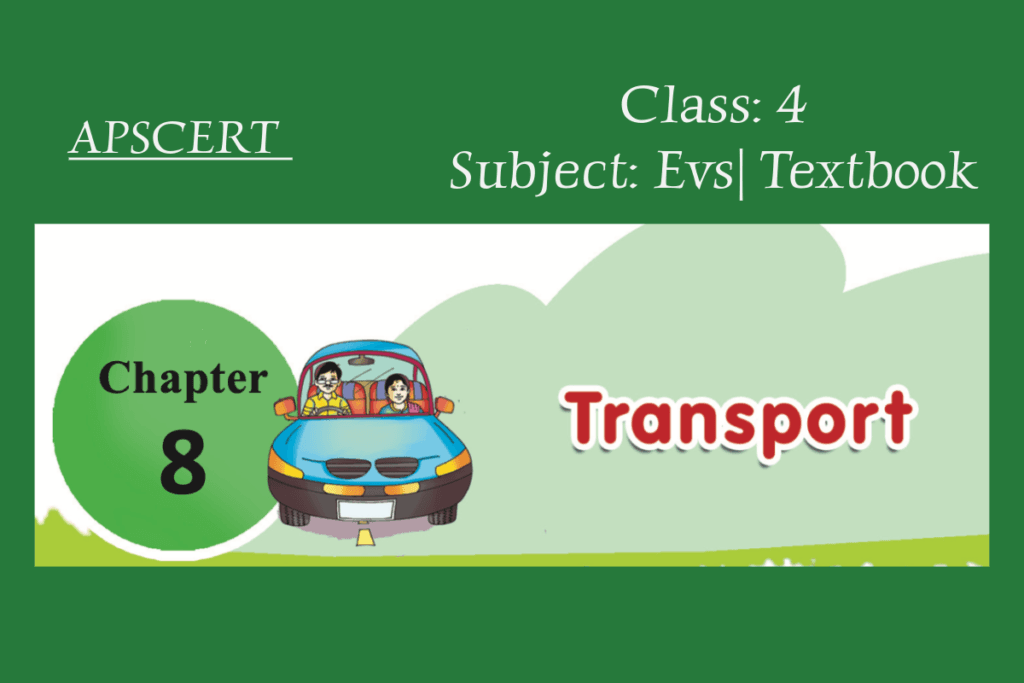
APSCERT | ANDHRA PRADESH Here are the answers to the “Improve Your Learning” section from the lesson Transportation (Class 4 EVS): I. Conceptual Understanding 1. What are the vehicles used for transport in your village or town? • In my town, common vehicles used for transport are buses, cars, bicycles, motorcycles, and auto-rickshaws. • In villages, people use bullock carts, tractors, bicycles, […]
Chapter 4: Know Our Organ Systems | Class 5 | EVS | AP SCERT
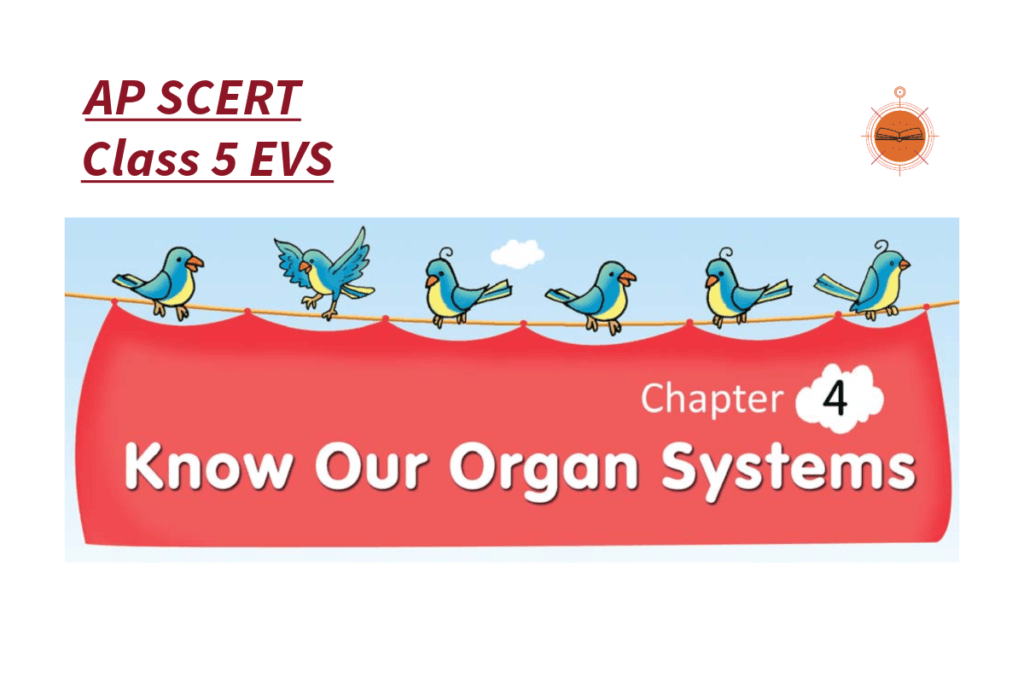
Andhra Pradesh | APSCERT Home » Solutions » Class 5 » EVS Textbook Solutions » Chapter 4: Know Our Organ Systems Based on Chapter 4, “Know our organ systems” from the Class 5 EVS textbook, here are the answers to the “Improve Your Learning” section. Improve Your Learning I. Conceptual Understanding 1. Name the parts of the circulatory system. • The circulatory system consists […]
Chapter 4: Sense Organs | Class 4 | EVS textbook Solutions
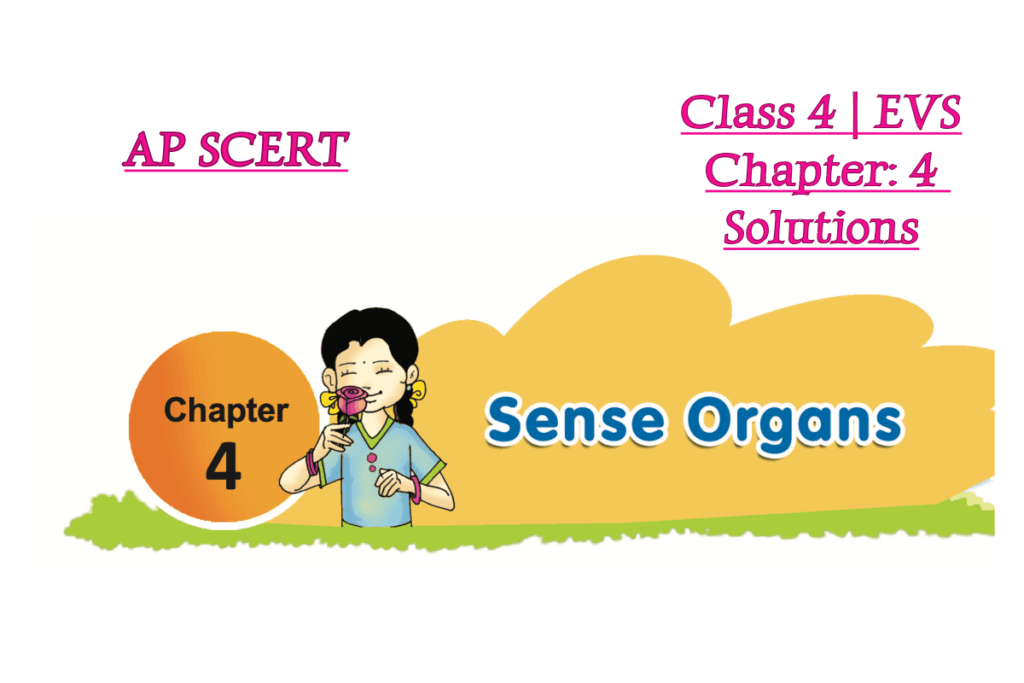
AP SCERT, ANDHRA PRADESH Based on Chapter 4, “Sense Organs,” from the Class 4 EVS textbook, here are the answers to the “Improve Your Learning” section: Improve Your Learning I. Conceptual Understanding 1. How many sense organs are there? What are they? 2.Why are sense organs so important to us? Sense organs help us to interact with […]
